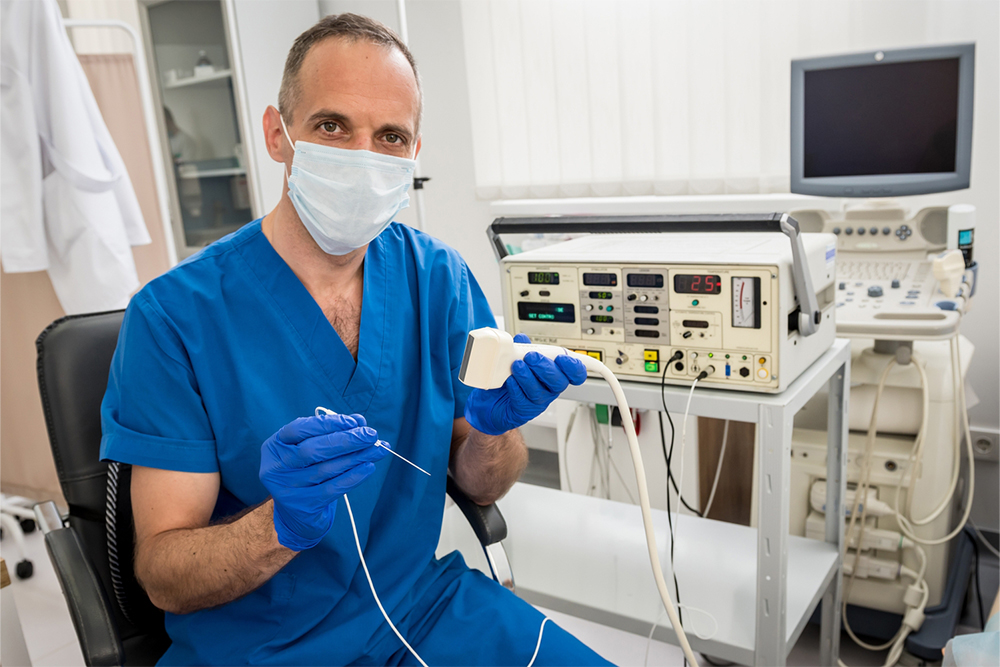Essential Information About Angiogram Procedures
An angiogram is a vital diagnostic test for assessing blood vessel health, detecting blockages, and planning treatments. Performed by specialized professionals, it involves imaging with contrast dye and X-rays. Understanding the procedure, risks, costs, and recovery steps can help patients prepare effectively. Typically safe, angiograms play a key role in diagnosing cardiovascular issues like blockages and aneurysms, guiding lifesaving interventions. Proper pre- and post-care ensures smooth recovery and optimal outcomes for various vascular conditions.

Essential Information About Angiogram Procedures
An angiogram is a diagnostic imaging test used by doctors to assess cardiovascular health. It provides detailed images of the heart and blood vessels, helping to identify blockages, narrowings, blood clots, or vessel weaknesses. Physicians often recommend an angiogram for issues related to the brain, limbs, or heart. This procedure is crucial for diagnosing conditions like coronary artery disease, aneurysms, and blood vessel tumors, and assists in planning treatments such as stent placement or bypass surgery.
Why an angiogram is performed
Patients showing signs of compromised blood flow or vessel irregularities often undergo an angiogram. It helps pinpoint issues and assess the severity of vascular damage, guiding subsequent treatment options.
Doctors or specialized radiologists conduct angiograms to diagnose peripheral artery disease, coronary blockages, blood clots, atherosclerosis, and aneurysms. They may also evaluate blood vessels connected to tumors or check the status post-stent placement. Pre-surgical planning often involves angiograms to understand vessel health and functionality.
Qualified professionals like interventional cardiologists, vascular surgeons, or interventional radiologists perform these procedures depending on the area being examined. Cerebral angiograms are handled by trained neurologists with expertise in brain vascular imaging.
Performing an angiogram
Patients are typically advised to fast overnight before the procedure and to arrange transportation afterward. Prior to the test, providers review medical history, allergies, and current treatments. On the day, vital signs are recorded, and an IV line is placed. A contrast dye is injected into a catheter inserted into an artery, and X-ray images are captured to visualize blood flow and detect blockages. The insertion site is numbed and cleaned, and a small incision is made for catheter guidance. Discomfort such as a burning sensation from dye infusion may occur, but the procedure is usually not painful. Post-imaging, the catheter is removed, pressure applied to prevent bleeding, and results are discussed with the patient. Some may require further procedures like angioplasty.
Factors Affecting Angiogram Cost
The cost varies based on factors such as the body part being examined, the healthcare facility, and the professional's experience. Location and whether insurance coverage applies also influence expenses. Patients should verify their insurance plans to understand out-of-pocket costs.
Potential Risks of an Angiogram
While generally safe, angiograms carry some risks including bleeding, bruising, allergic reactions to contrast dye, infection, blood clots, irregular heartbeats, kidney issues, vessel injury, or even heart attack or stroke. The risk level can be higher for individuals with diabetes or kidney diseases.
Recovery After an Angiogram
Post-procedure, rest is essential, and activities like driving and heavy exercise should be avoided temporarily. Staying well-hydrated, keeping the incision dry and clean, and refraining from bathing until healed promote recovery. Follow-up with your healthcare provider for wound care and further instructions.
Note:
This article provides general information about angiogram procedures and is not a substitute for professional medical advice. Always consult licensed healthcare providers for diagnosis and treatment decisions.









